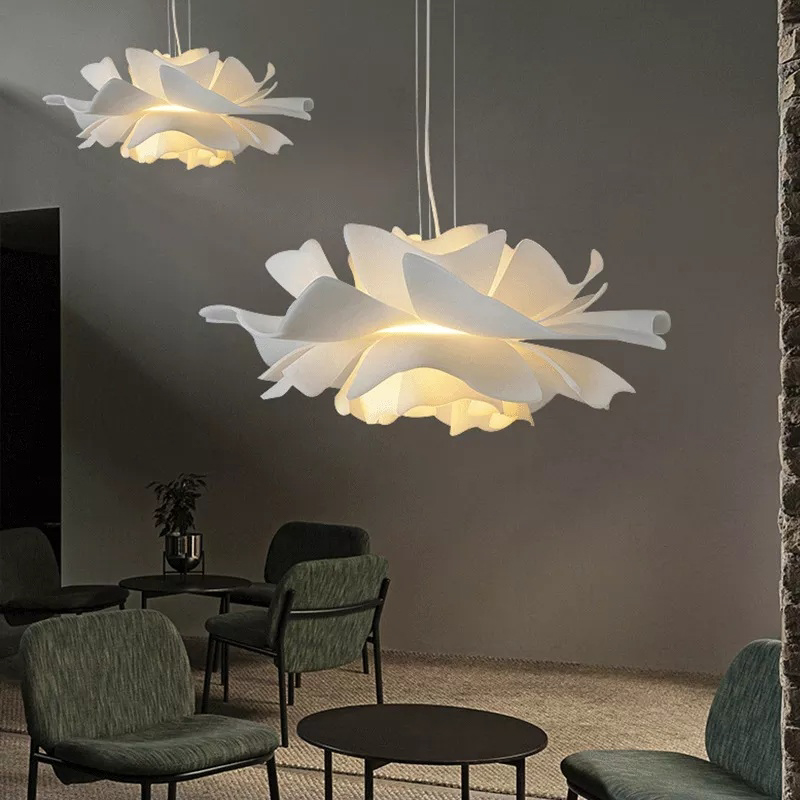
Purchasing supplies for the office is an ongoing business expense that can take up a large portion of a company’s budget. A basic understanding of the difference between office equipment and supplies can help a company manage its inventory efficiently to avoid running out of items or over-ordering products that may be more costly than necessary.
When determining whether office supplies or equipment is purchased, consider the size and cost of the item in question. According to Freshbooks, the most common office supplies include reams of paper, printed forms and documents, pens, notepads, sticky notes, filing supplies and other general stationery items. Smaller items such as staplers and tape dispensers are also considered part of this category of items. These items are often stocked in a company’s supply closet and must be constantly replenished due to their use and disposability.
Other major office supplies might include folders and storage, binders, files, bookshelves, desk organizers, white boards and wall calendars. All of these items serve to organize the workplace in a functional and aesthetically pleasing manner. File folders, hanging files and accordion binders make it easy to categorize and locate specific sets of information like checks, receipts or project documents. Binders and binders can also be used to keep notebooks, journals or composition notebooks organized. Keeping these materials neatly stored will reduce the risk of losing important data and will save time when searching for specific items.
Another type of equipment, such as computers, is usually classified as a computer system, scanner or printer. These devices are used to store data, process information and create digital copies of material that can be printed or emailed. This type of equipment typically requires a significant amount of maintenance and repair over its life cycle.
Depending on the nature of the company, the type of office equipment can range from a fax machine or photocopier to a high-tech fingerprint or eye scanner, digital camera or video recorder. This equipment typically carries a higher price tag and is classified as an asset or long-term expenditure in the company’s capital expenditure budget.
A company can claim the expenses of some office equipment and supplies on tax forms by keeping itemized receipts. To qualify, the company must have a dedicated area in the home that is used solely for the business and the expense must be related to the company’s business and not personal use. Other expenses that can be claimed on tax forms might include a separate phone line and a security system, property taxes and mortgage payments, insurance and upkeep of the home.
For a small home-based business, qualifying home-office expenses might include a portion of the home’s property taxes and mortgage interest, utilities, a separate telephone line used for the business, insurance and a cleaning service for the home office. In addition, a company can deduct the cost of home-office furniture, an office chair, a desk and filing cabinets. However, the business must be a for-profit venture.
